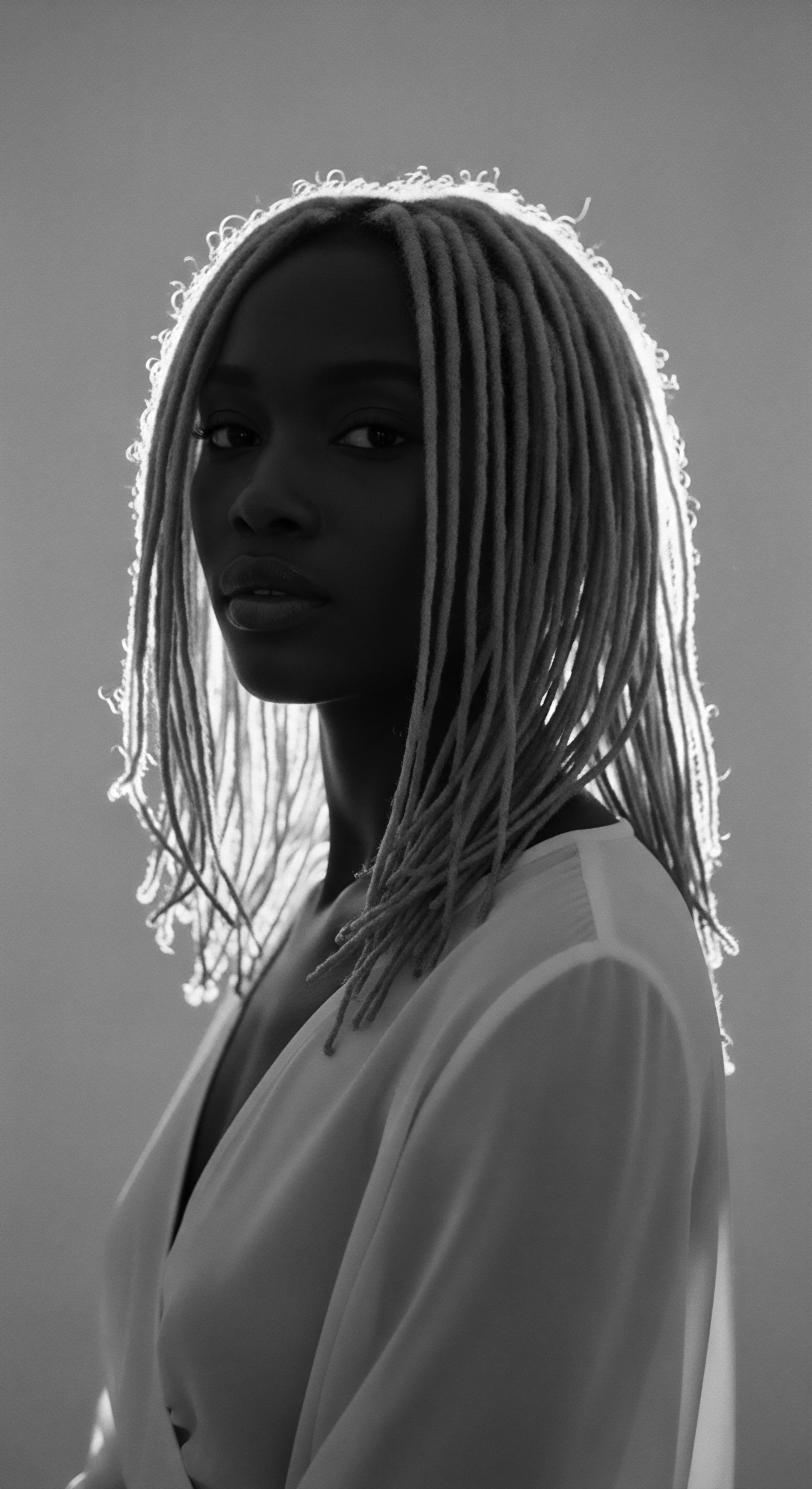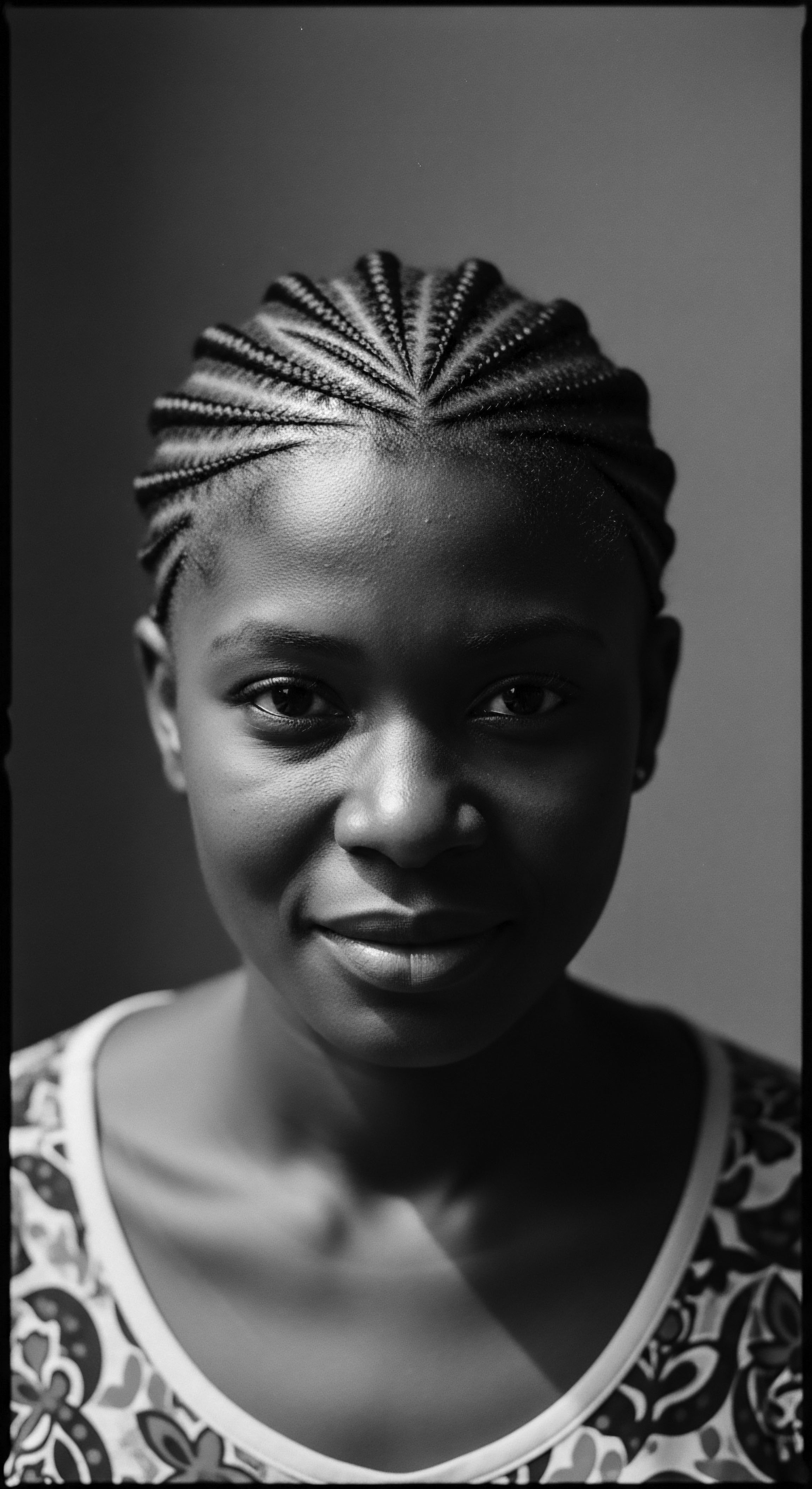
How did textured hair become a symbol of resistance for enslaved people?
Textured hair became a symbol of resistance through hidden communication, cultural preservation, and the assertion of identity against dehumanization.

How did protective hair styles safeguard heritage during slavery?
Protective styles during slavery safeguarded heritage by preserving physical hair, acting as communication, and carrying cultural memory.

What historical evidence supports braids as protective styles for textured hair?
Historical evidence across millennia reveals braids as enduring protective styles, safeguarding textured hair through ancestral care.

What historical role did protective styles have in hair heritage?
Protective styles for textured hair historically served as vital cultural communication, a means of survival, and a profound expression of heritage.

How did West African cultures care for textured hair?
West African cultures cared for textured hair through natural ingredients and intricate styles, reflecting deep social, spiritual, and historical heritage.

What is the historical connection of cornrows to African identity?
Cornrows historically served as a profound marker of African identity, social status, and a covert communication tool for freedom, deeply rooted in textured hair heritage.

What ancestral wisdom shaped textured hair care for braiding?
Ancestral wisdom shaped textured hair braiding through profound cultural meaning, protective techniques, and botanical knowledge.

How did hair styling practices connect to Black heritage?
Black hair styling practices are deeply interwoven with ancestral identity, community, and spiritual expression, enduring through history as a symbol of heritage and resilience.

In what ways did hair become a symbol of resistance during historical periods of oppression?
Textured hair transformed into a profound symbol of resistance, embodying heritage, conveying coded messages, and defying oppressive beauty standards.

